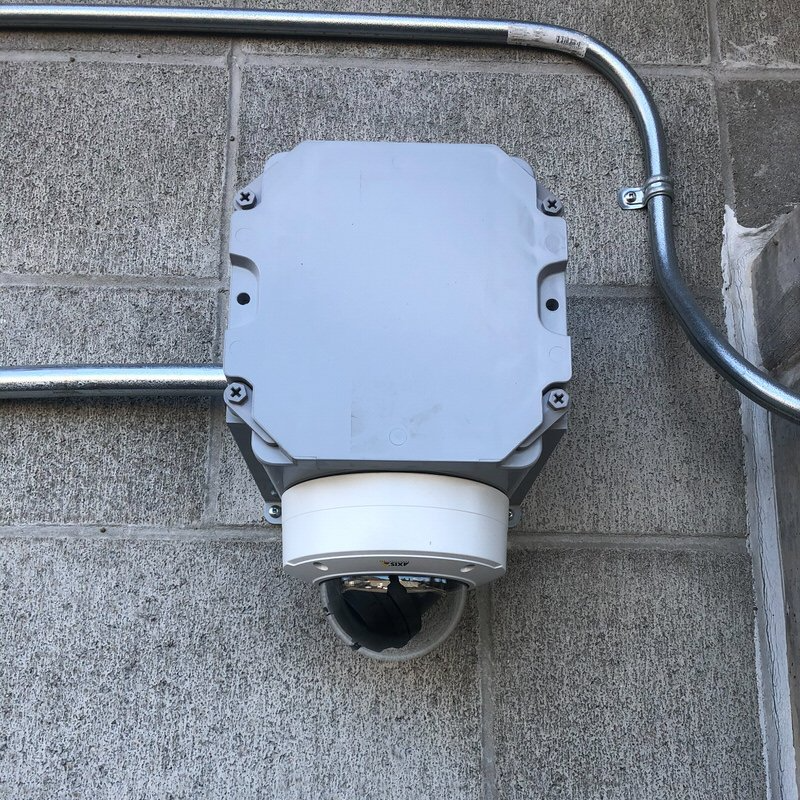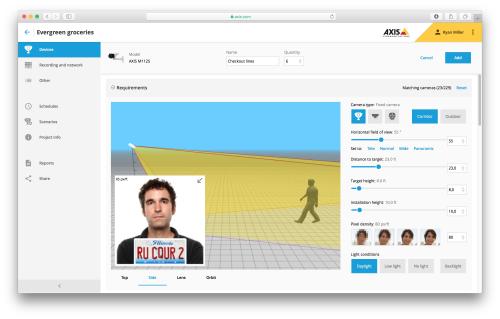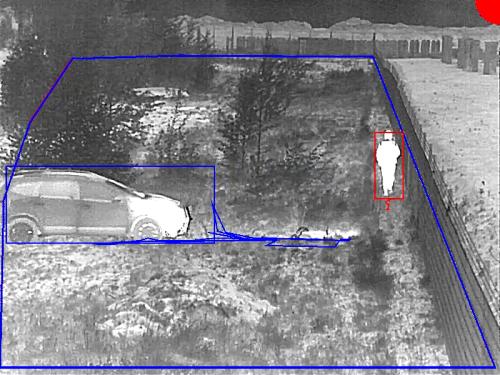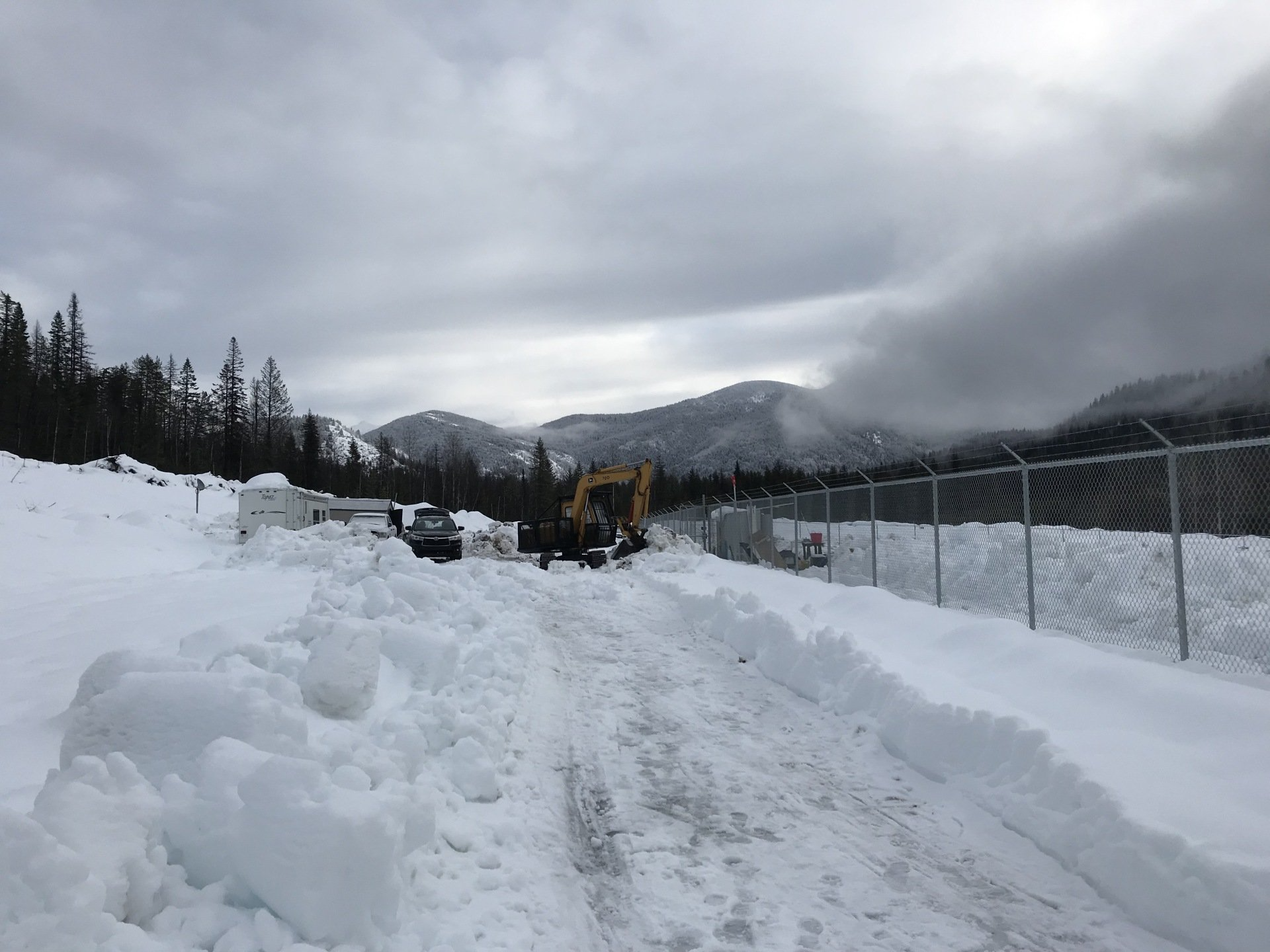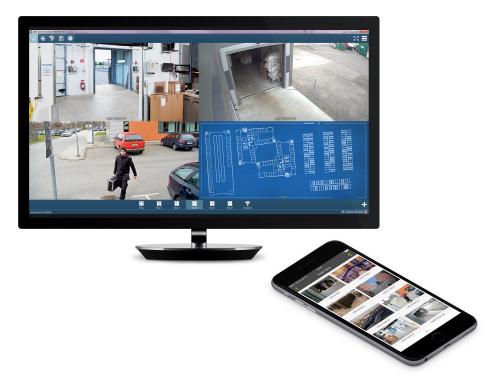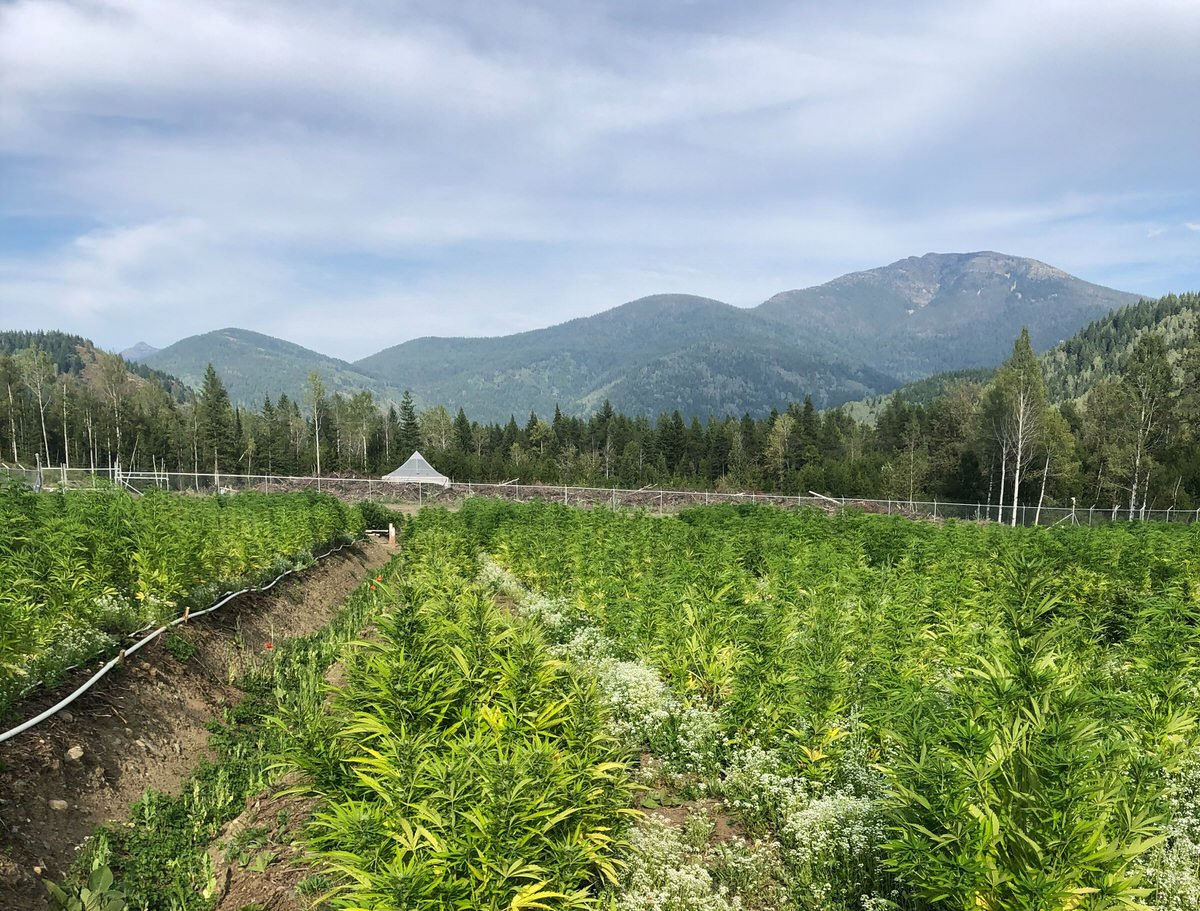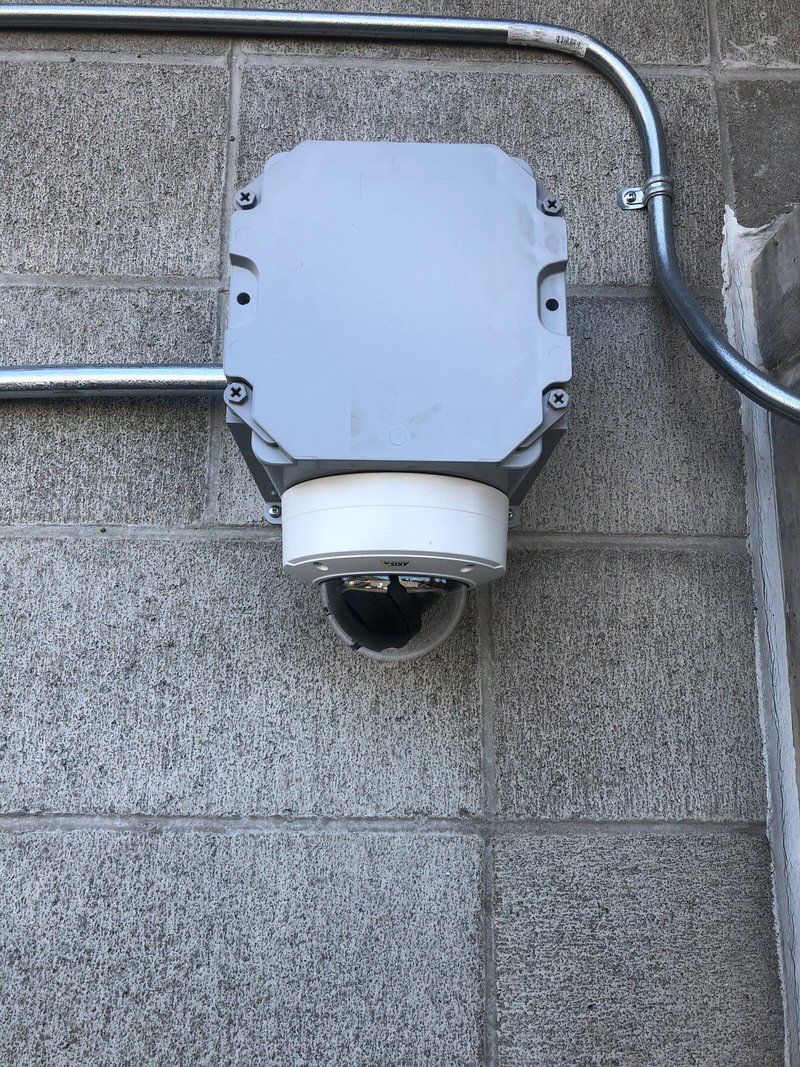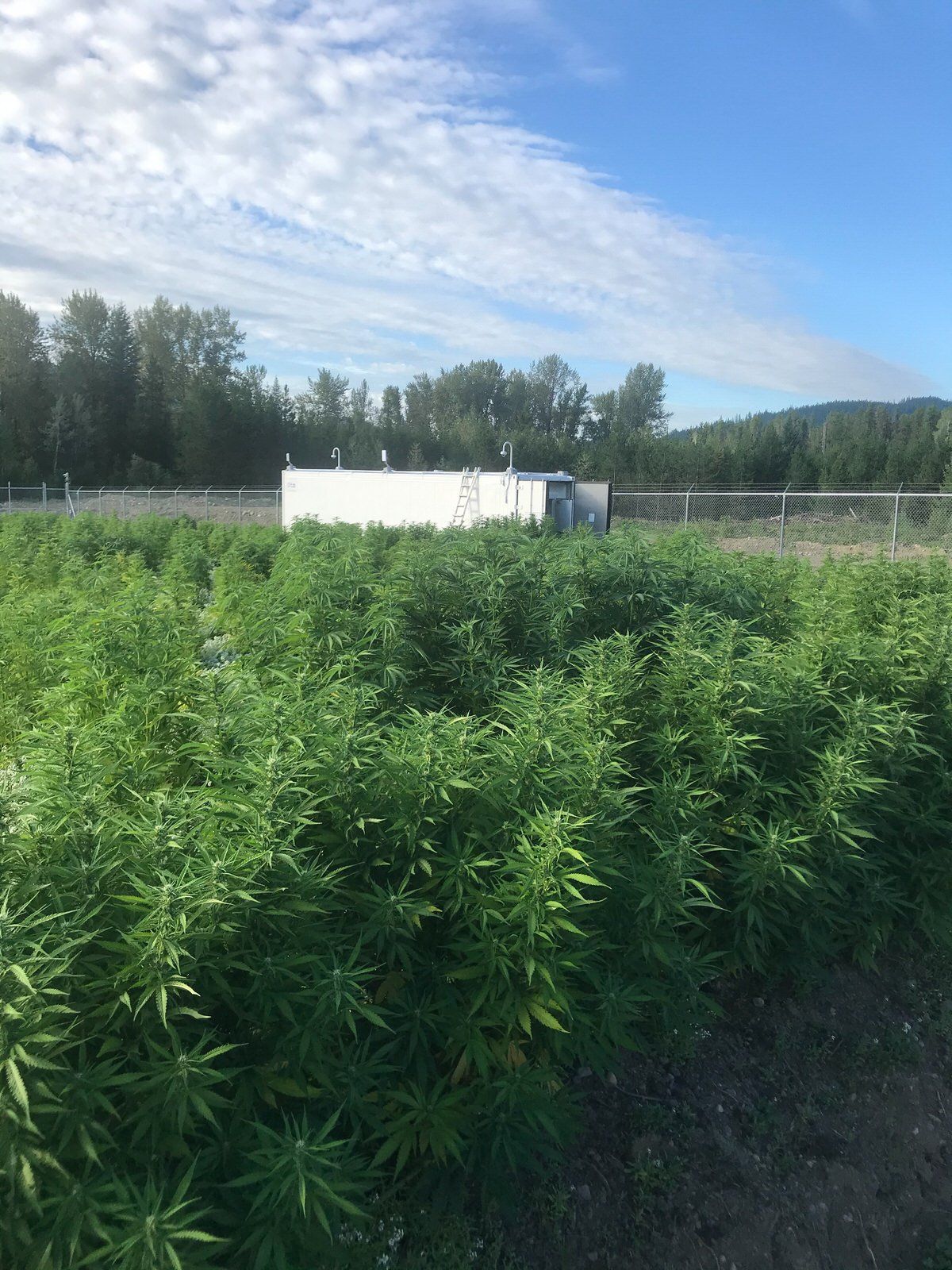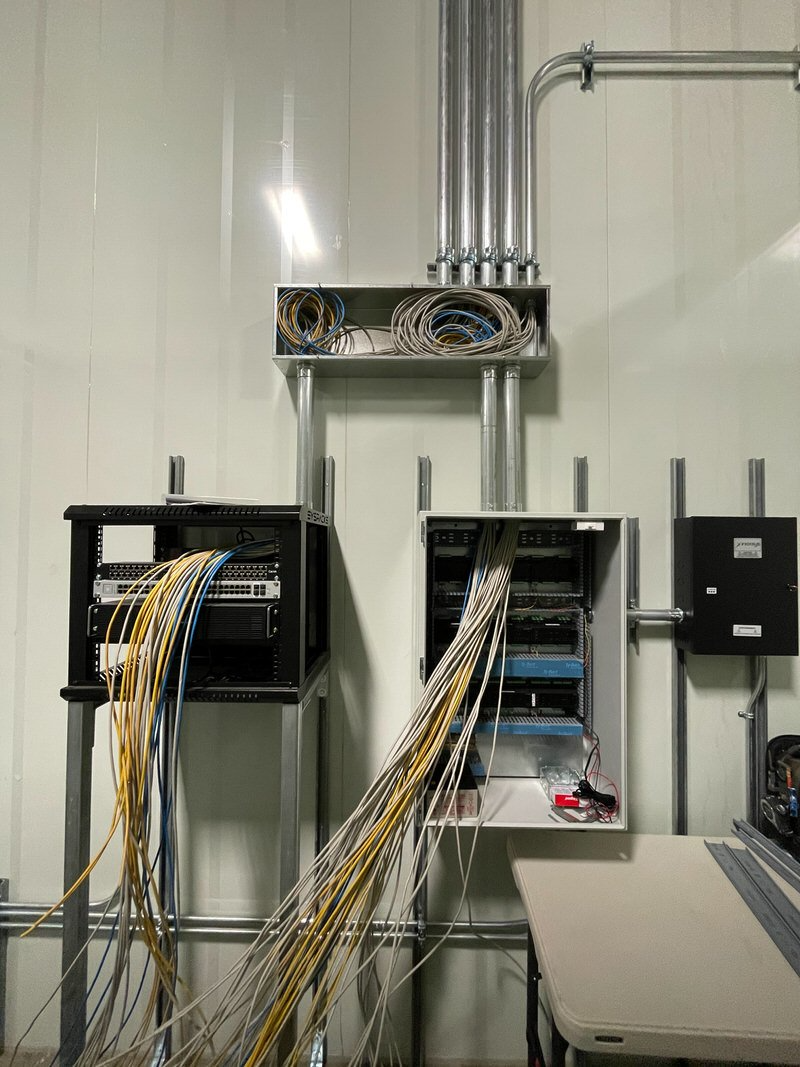Outdoor Security Cameras for Cannabis Farms and Grow Facilities
by Jason Tobias, August 11, 2021
In this article we discuss how to select cameras suitable for use at Canadian cannabis facilities.
Need a hand with security for your project? Call us to discuss the specifics of your project.
Consultations are always free and confidential.
The Best Outdoor Security Cameras For Your Cannabis Farm
Every licenced cannabis facility in Canada requires cameras along the perimeter and in (almost) all areas containing cannabis.
With few exceptions, perimeter cameras need to watch exterior walls from the outside or along fence lines.
That means selecting cameras suitable for outdoor use.
Cameras aren’t just there for decoration. They need to be:
Tamper Proof
Vandal Resistant
Able to function in winter temperatures
Weather proof
Able to detect the presence of an individual in all lighting conditions, including total darkness
Security Camera and Video Regulations for Cannabis Farms
Visual recording devices, otherwise known as security cameras, are required:
Along the site perimeter
In all storage areas
In all operations areas except grow areas
At the entry/exit points of grow areas
Security cameras must be capable of recording the presence of an individual, any illicit conduct or any intrusion attempts.
For micro licences, congratulations! No cameras are required.
What Kind Of Camera System Should I Use?
The most common type of security camera is known as an IP camera. IP cameras are digital devices that send and receive data over computer networks.
Typically these cameras use a technology called power-over-ethernet (PoE) which allows them to receive power and data over a single cable.
Cameras come in many “form factors”, including dome, box, bullet, PTZ to name a few.
We opt for full size dome cameras on our cannabis projects due to their outdoor housings, vandal resistance, built-in IR and wide dynamic range.
List of Services
-
Fixed Dome CamerasItem Link List Item 1
Fixed dome cameras are compact cameras with a dome casing. They fit unobtrusively into any setting. Their dome casings, which protect against redirection, defocusing and impact, also disguise which way the cameras are pointing.
-
Fixed Box / Fixed Bullet CamerasItem Link List Item 2
Write a description for this list iteFixed box/bullet cameras are more overt and provide a clearly visible, fixed angle of view, making it easy to see exactly where they’re pointing. The downside is that they are easier to knock out of position and not typically as vandal resistant compared to domes.
-
Pan-Tilt-Zoom CamerasItem Link List Item 3
Pan-Tilt-Zoom Cameras or PTZs provide wide area coverage and can be adjusted remotely. Unlike fixed cameras, PTZ cameras give an operator the ability to physically move the camera remotely to survey another area.
-
IR IlluminatorsItem Link List Item 4
Many cameras include built-in infrared (IR) illuminators which improve low light images without adding visible light to the area. This is an essential feature for any cameras used in cannabis facilities. Extra IR illuminators are added to cover longer distances.
-
Thermal CamerasItem Link
Thermal cameras use infrared light instead of visible light. These cameras are useful for reliably detecting people in any lighting or weather conditions. Generally they are used in conjunction with visible light cameras in cannabis facilities.
How To Choose The Right Outdoor Security Camera For You
Form factor is only the start when selecting cameras. With thousands of cameras on the market, what else needs to be considered?
Bandwidth
Surveillance cameras compress the information they record to reduce storage and network demands.
Cameras use software schemes known as codecs to encode groups of similar pixels into a smaller format by reducing redundant data.
Higher end cameras use so-called smart codecs which dynamically adjust compression to reduce bandwidth.
For cannabis sites, bandwidth usage is a significant consideration.
Choosing cameras with advanced compression and low bandwidth usage reduces the amount of storage required and cut the costs of retaining video footage.
Remember that every camera needs to record 264/24/7 and footage needs to be retained for a full year.
Camera Resolution
Resolution refers to the number of pixels displayed on screen.
According to IPVM, “[t]he most common resolution in use today is 4MP, which, generally speaking, offers the greatest balance of image quality, pixel count, and low light and WDR performance...”
More relevant for determining image quality is pixel density. Pixel density is a function of camera resolution, field of view and the distance of the subject from the camera. Low pixel densities allow for detection (seeing if a person is present).
As pixel density increases it becomes possible to, in-turn:
Observe (see what the person is doing)
Recognize (spot a known individual)
Identify (establish identity beyond a reasonable doubt)
Generally the cannabis regulations require surveillance devices be capable of detection and observation of individuals.
Video Quality
Choosing the right camera and lens for the job will have the greatest impact on image quality. Resolution, compression and lighting also play a role.
Challenges with video quality are often the result of insufficient light or high contrast between light and dark areas in the frame. Supplementary IR illumination is one way to address this.
Wide dynamic range (WDR), otherwise known as High Dynamic Range (HDR), is a technology in most dome cameras that extends the camera’s range, to cover a greater span between the bright and the dark areas in the image.
Motion Detection and Video Analytics
Another amazing feature of modern security cameras is analytics. In other words, using computers to find patterns or details in the video footage.
The simplest type of analytics is Video Motion Detection (VMD) which detects changes in pixels to determine if something is moving in the frame. This is a commonly available feature but also very prone to errors due to changes in light or shadows.
More sophisticated analytics, while not perfect, can be used to reliably detect motion, loitering, line crossing and other common scenarios.
When combined with technology such as thermal detection or radar analytics become even more reliable for detecting attempted or actual intrusion attempts.
Weatherproofing
Cameras are rated according to the Ingress Protection Code (IP) which classifies the degree of protection provided against intrusion, dust, accidental contact and water. There are also impact protection ratings or IK ratings (the K stands for kinetic).
The National Electronics Manufacturers Association also publishes a similar standard known as the NEMA enclosure ratings.
Cameras with casings rated for IP66, NEMA 4X and IK10 are suitable for use in cannabis applications. In other words, cameras should be dust tight, protected from water spray, corrosion resistant and impact resistant.
When used outdoors, cameras should also have a minimum operating temperature and minimum starting temperature that is at least as low as the minimum design temperature specified in the local building code.
Video Management Software (VMS) and Remote Viewing Options
The Video Management System (VMS) is software that collects video from cameras, records the footage and provides a way to view live or recorded video.
Many cameras have built in web interfaces that can provide some or all of these features. For managing systems with multiple cameras a VMS is required. This system can be integrated with the site access control and intrusion detection platforms to provide additional functionality.
The VMS can also provide features such as remote viewing, camera control/setup, archive retrieval tools and the ability to manage across multiple sites.
Wireless Technology
Every camera requires power and a way to transmit data. The most reliable way to do this is over a hard-wired connection.
In some cases, especially over long distances, running cables can become difficult and expensive.
There are various options available to wirelessly transmit camera data and use solar power combined with batteries for power. Although this technology is constantly improving, totally wireless solutions are not always compliant or cost effective for cannabis facilities.
If all this is still mumbo-jumbo to you, that’s okay. We can help.
Book a call with Jason for a free consultation about your cannabis project.
We specialize in security systems for Health Canada compliance.
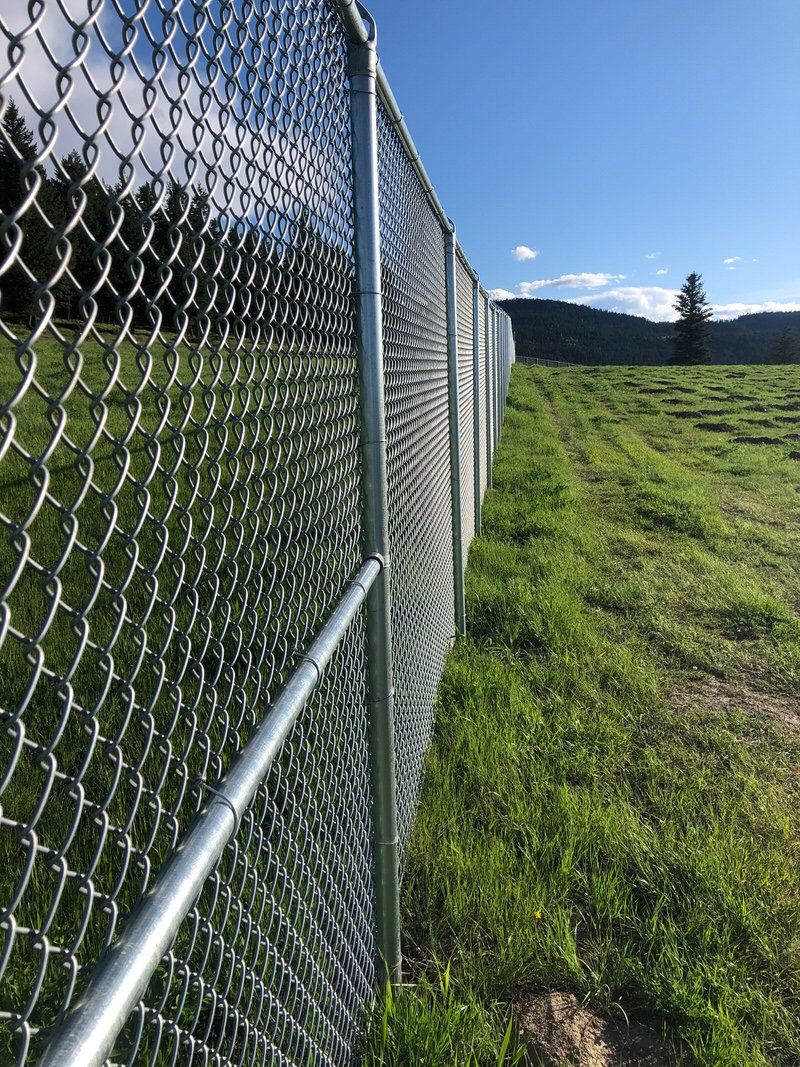
/ CONTACT
Let's talk, meet,
work together.
Send us an email.
Let's Connect:
New Paragraph
All Rights Reserved | Otm Systems Ltd. | BC Security Licence B6543 | BC Contractor LEL0209876
Privacy Policy | Terms | Disclaimer



